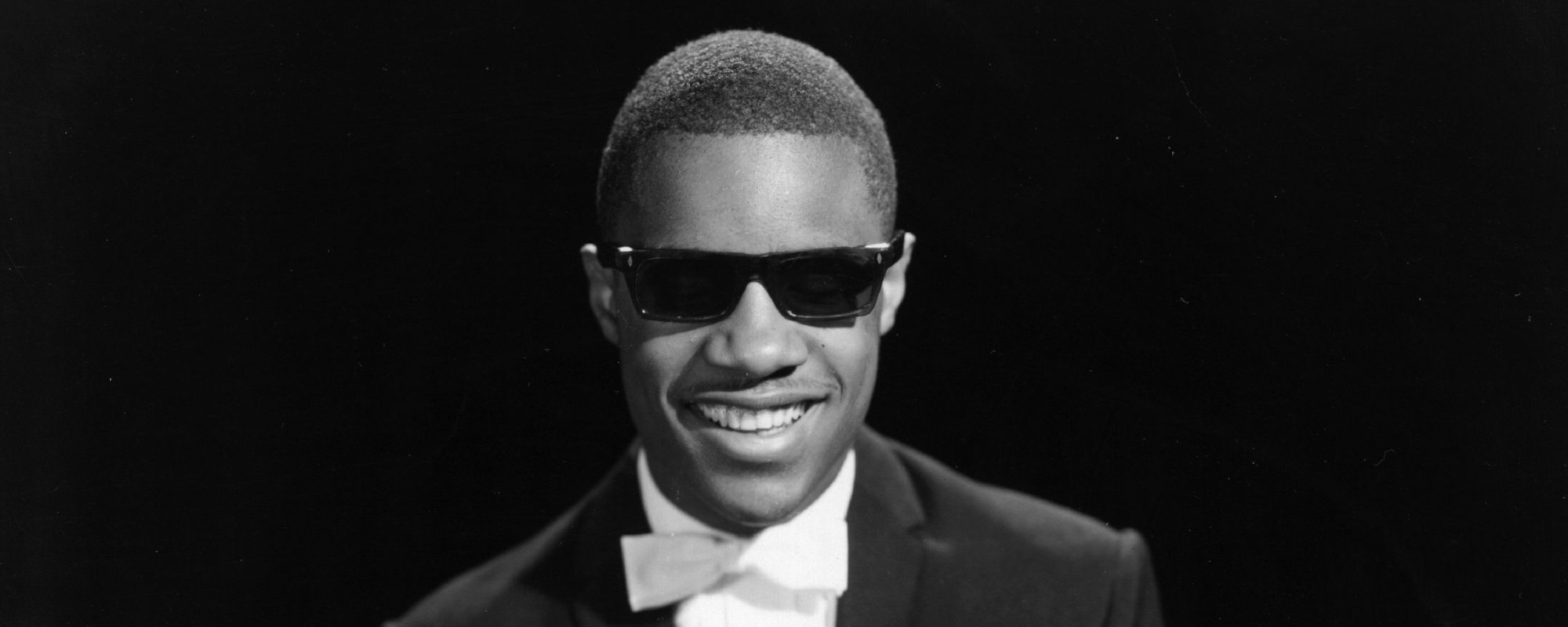Humans have an incredible capacity to overcome tragedy. Maybe every great artist, in their way, needs to be defiant. One must defy the odds to make it in the music business. And for some, the odds are a little longer than for others. But what if adversity becomes a would-be artist’s fuel? Not all great art requires pain, but, in an artistic sense…it doesn’t hurt (no pun intended). The artists listed here overcame adversity to not just achieve success in the music business—they became legends.
Videos by American Songwriter
Stevie Wonder
Stevie Wonder was born prematurely and blind. But he was also born a musical prodigy; he signed to Motown Records at age 11 and by age 13 became the youngest-ever solo artist to top the Billboard charts. Under his contract with Motown’s Barry Gordy, he received very little money—less than $25 per week by today’s equivalency. But Wonder survived that contract, and produced seminal albums as a one-man band, avoiding the use of Motown’s “hit factory.”
Wonder reinvented pop music in the 1970s, most notably with his album Talking Book, which featured the classic “Superstition.” Stevie Wonder has sold over 100 million albums and won 25 Grammy Awards—in fact, he enjoys the rare distinction of having won the Grammy for Album of the Year three times. Only Frank Sinatra, Paul Simon, and Taylor Swift are on that list.
Billie Holiday
Billie Holiday grew up in extreme poverty. She was raised primarily by her mother and quit school in the fifth grade. A year later she was running errands in a brothel. Around this time, she discovered the music of Bessie Smith and Louis Armstrong. This put Holiday on a path to become one of the greatest jazz singers in history. Still, more obstacles lay ahead.
Living in Harlem with her mother, Holiday was arrested for prostitution. She tried to find work as a dancer in a speakeasy, but they didn’t need a dancer—so she auditioned to sing. This led to more gigs in jazz clubs, and one night jazz writer and producer John Hammond showed up to a gig and expressed interest in working with her.
She recorded “Strange Fruit” in 1939, which is a song about lynching. She had to find another producer for it since Hammond refused to record it. What’s more, her label, Columbia Records, refused to release it. But when “Strange Fruit” was finally released, it became a signature song for Holiday. Music business titan Ahmet Ertegun called the song, “a declaration of war…the beginning of the civil rights movement.”
Ray Charles
Growing up poor in South Carolina, Ray Charles went blind at age 7 due to glaucoma. He used braille to read music and learned to play Bach, Mozart, and Beethoven. Quincy Jones and Dizzy Gillespie eventually welcomed Charles as a fellow composer. He signed to Atlantic Records in 1951 and became one of the most significant artists in pop music—influencing Elvis Presley, Stevie Wonder, and Aretha Franklin amongst countless others.
His impact wasn’t only felt inside rhythm and blues and jazz, however. Ray Charles challenged racial barriers by recording Modern Sounds in Country and Western Music, a visionary country album that now resides in the Grammy Hall of Fame.
Tina Turner
The life of Tina Turner is a lesson in survival, bravery, and freedom—in that order. When the former Anna Mae Bullock was 11 years old, her mother left the family to escape an abusive husband. Her father remarried, and she and her sisters were sent away to live with their grandparents. She felt unloved and unwanted.
[RELATED: 5 Songs You Didn’t Know Tina Turner Wrote]
In St. Louis, she found fame with bandleader Ike Turner. She married Ike in 1962. He gave her the stage name of Tina after a Jungle Book heroine. After a decade of success with—and constant physical and emotional abuse from Ike—Turner ran, fleeing without money. Her career in the late ’70s saw modest success at best, and she soon found herself relegated to being a nostalgia act.
Then, in 1984, she released Private Dancer. She was 44 years old and had the second-biggest-selling single of the year, “What’s Love Got to Do with It.” The album sold 10 million copies.
Tina Turner survived abuse, poverty, and tuberculosis, as well at a young age. She went on to be called the “Queen of Rock ‘n’ Roll.”
Hank Williams
Spina bifida plagued Hank Williams his entire life. The birth defect, where the spinal column doesn’t form properly, led to a lifetime of pain and addiction. A corrective surgery led to more painkillers. When science didn’t work, he turned to more drinking and pills. With hit songs on the charts, Williams’ behavior became reckless. If he was awake, he was either drunk or high.
Williams began having heart problems and found a junk doctor to fix him up with prescription drugs for the pain. Before leaving for a concert in Ohio, a doctor injected Williams with B-12 and morphine. When his driver was pulled over for speeding, the police officer said Williams looked dead in the backseat. He was taken to a hospital in West Virginia and was indeed pronounced dead on January 1, 1953.
In a career cut frustratingly short—it lasted just four years—Williams had over 30 Top 10 hits. His enduring spirit is felt all over country and Americana music. His influence can be heard in Bob Dylan, Bruce Springsteen, Johnny Cash, and Beck, to name just a few of the greats who admired him. Before he died at age 29, Hank Williams—the “Hillbilly Shakespeare”—became one of the most important songwriters of the 20th century.
Photo by William Gottlieb/Redferns


















Leave a Reply
You must be logged in to post a comment.